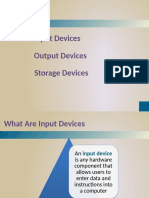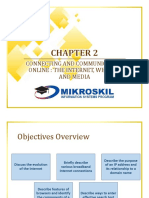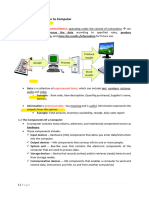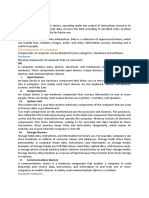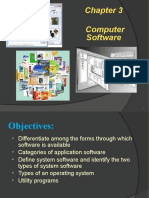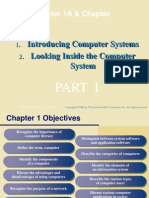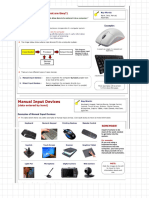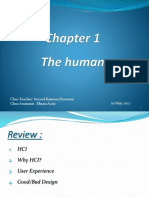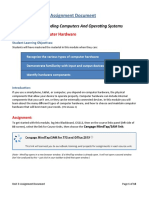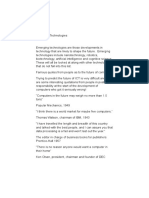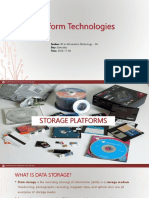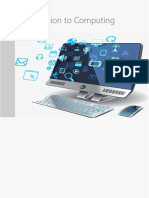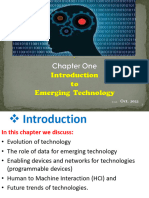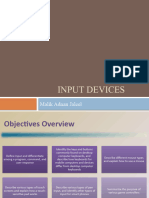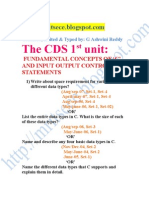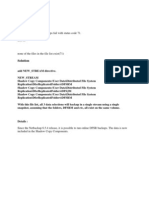0% found this document useful (0 votes)
182 views14 pagesInput Devices: Types and Uses
This document discusses different types of computer input devices. It covers keyboards, pointing devices like mice and touchpads, touch screens, pen input tools like styli and digital pens, and motion, voice, and video input. It also covers scanners and reading devices such as barcode scanners and RFID readers that input data into computers. The goal is to describe the various input methods commonly used to enter data and instructions into computers and mobile devices.
Uploaded by
A random guyCopyright
© © All Rights Reserved
We take content rights seriously. If you suspect this is your content, claim it here.
Available Formats
Download as PDF, TXT or read online on Scribd
0% found this document useful (0 votes)
182 views14 pagesInput Devices: Types and Uses
This document discusses different types of computer input devices. It covers keyboards, pointing devices like mice and touchpads, touch screens, pen input tools like styli and digital pens, and motion, voice, and video input. It also covers scanners and reading devices such as barcode scanners and RFID readers that input data into computers. The goal is to describe the various input methods commonly used to enter data and instructions into computers and mobile devices.
Uploaded by
A random guyCopyright
© © All Rights Reserved
We take content rights seriously. If you suspect this is your content, claim it here.
Available Formats
Download as PDF, TXT or read online on Scribd
/ 14

